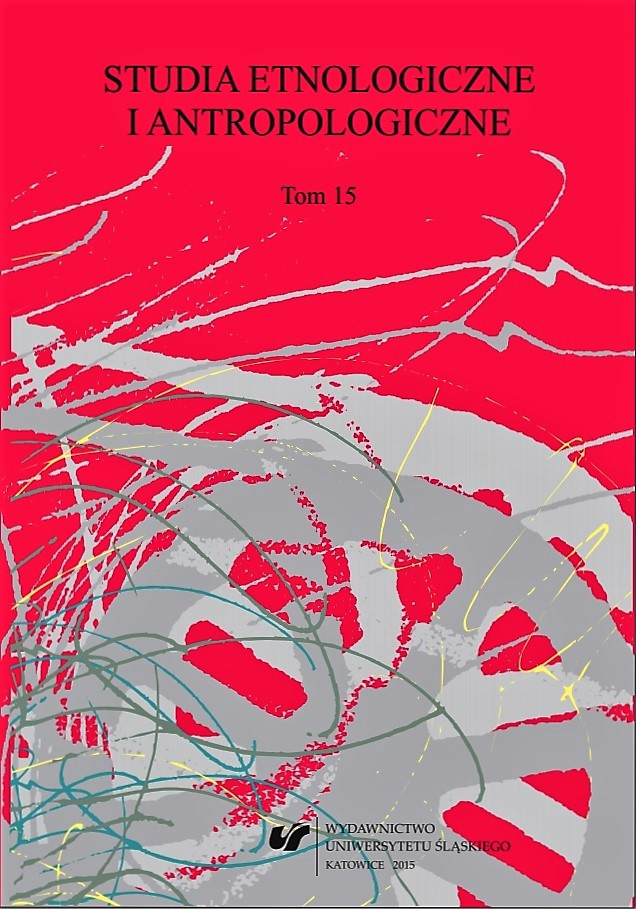

Images constituting the world of Google Street View most frequently represent order in urban public space. We use this application for directions and trip planning. But we can also look at Street View images differently. The author of the article analyzes creepypasta stories (anonymous short scary online legends posted on various message boards) that are happening in the visual world created by Google. The main objective is to describe elements creating the aesthetics of anxiety and strategies used to construct the experience of the uncanny in the world of Street View.
Download files
Citation rules

Vol. 15 (2015)
Published: 2015-01-14
 10.31261/SEIA
10.31261/SEIA